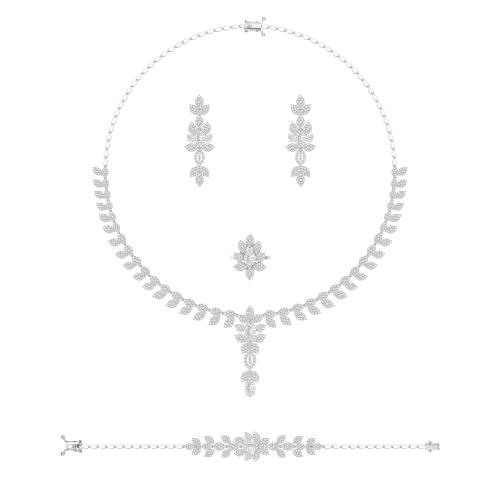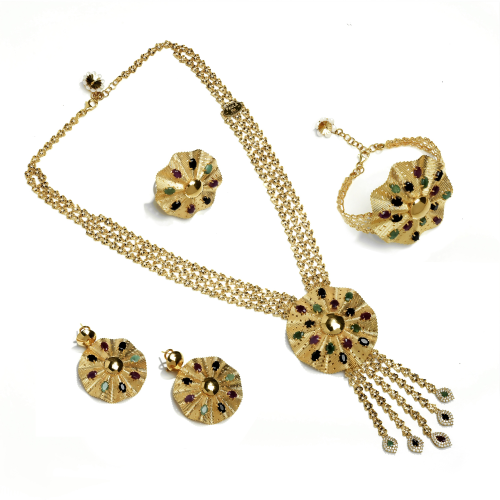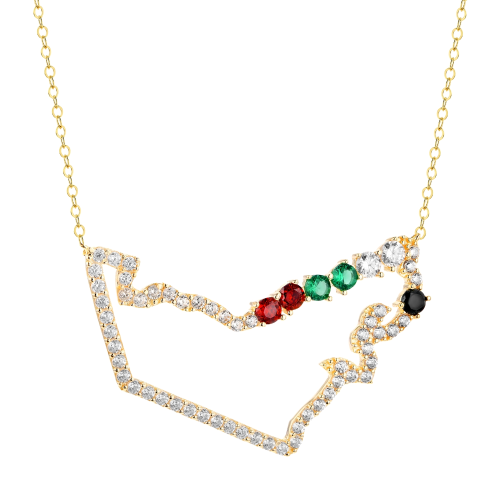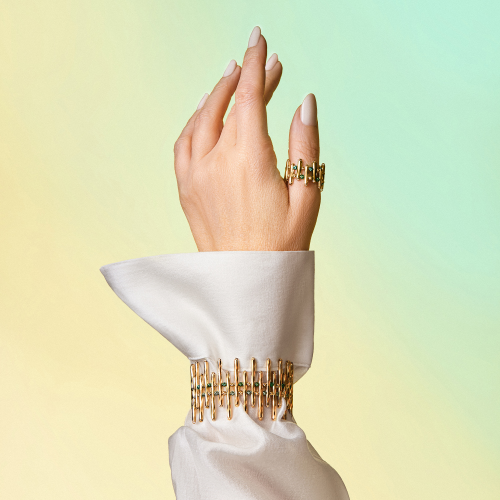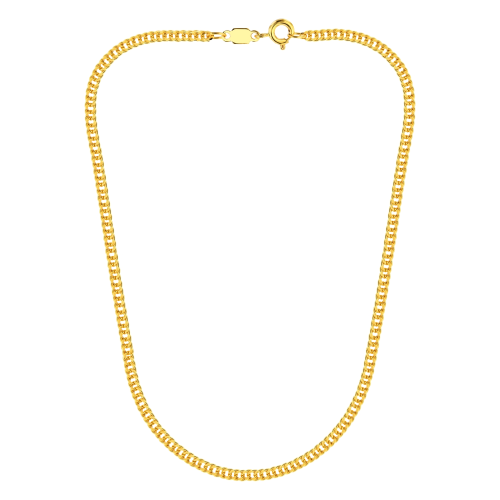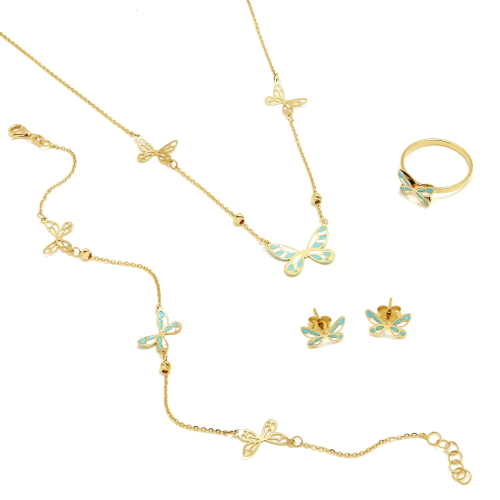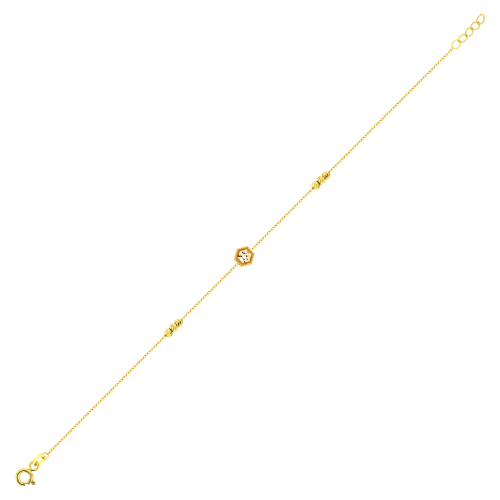Why Sailors Wear Gold Earrings: Nautical Superstitions Decoded

For centuries, sailors have navigated not just by the stars but by a complex web of superstitions and traditions. Among these, the gold earring stands as perhaps one of the most recognizable symbols of maritime culture. But why exactly did sailors pierce their ears and adorn them with gold? This seemingly simple fashion choice carries layers of meaning that reflect the dangers, hopes, and practical concerns of life at sea.
The Practical Origins
The tradition of sailors wearing gold earrings dates back hundreds of years, with roots that blend practicality with superstition. One of the most practical reasons was financial security. In an age before modern banking, sailors needed a way to carry wealth that couldn't be easily lost or stolen. A gold earring represented a form of portable wealth—insurance that, no matter where in the world a sailor found himself, he carried something of value.
This gold served a somber purpose as well. If a sailor drowned and his body washed ashore in a foreign land, the earring could pay for a proper Christian burial. Without such payment, an unknown sailor might be buried in an unmarked grave or, worse still, not buried at all. The earring essentially served as a burial insurance policy carried on one's person at all times.
Medical Myths and Realities
Fascinatingly, many sailors believed that pierced ears improved eyesight. While this might sound like pure superstition today, there is a thread of logic hidden within the belief. The piercing process involved puncturing the ear at specific points that, according to ancient Chinese medicine, connected to the eyes through meridian lines. Modern science doesn't support this direct connection, but the belief persisted for centuries among maritime communities.
Some sailors also maintained that gold earrings could prevent or cure seasickness. The theory suggested that the precious metal somehow absorbed "harmful forces" that caused nausea at sea. Others believed the pressure of the earring on certain points of the earlobe could relieve nausea in the same way that modern acupressure attempts to do.
Markers of Experience and Identity
Beyond practical considerations, earrings served as visual indicators of a sailor's experiences. Different styles and placements often signified various achievements or milestones in a mariner's career:
- A gold earring in the left ear might indicate a sailor had crossed the equator
- Two earrings sometimes meant the sailor had sailed around Cape Horn
- A particular style might identify which port a sailor called home
These visual cues created a silent language among seafarers, allowing them to recognize each other's accomplishments without a word being spoken. In harbors teeming with sailors from across the globe, such identifiers could help forge immediate bonds among men who shared similar experiences despite language barriers.
Superstitious Protection
Perhaps the most compelling reason for the tradition revolves around superstition. Sailors faced innumerable dangers at sea, from violent storms to diseases, accidents, and enemy attacks. In response, they developed a rich tapestry of superstitions designed to ward off ill fortune.
Gold, being precious and incorruptible, was believed to possess magical properties that could protect the wearer from evil. The circular shape of an earring represented eternity and the unbroken voyage a sailor hoped to complete. Some believed that the metal could ward off evil spirits or even prevent drowning. Pirates specifically favored gold earrings in the belief that they improved night vision—a useful trait for raids after dark.
Others believed that if a sailor's ship wrecked, sea creatures like mermaids would be attracted to the gold's shimmer and might rescue the sailor from drowning. While fanciful, these beliefs provided psychological comfort to men facing the very real possibility of death at sea.
Evolution Through the Ages
The tradition evolved over time. During the Age of Sail (roughly the 16th to the mid-19th century), earrings became increasingly common among European and American sailors. By the time of the great naval powers of the 18th and 19th centuries, many sailors wore earrings regardless of their practical need for portable wealth.
The practice began to fade with the advent of steam power and more regulated naval services. Professional navies often prohibited earrings as part of uniform regulations. However, the tradition persisted longer in merchant marines and fishing fleets, where regulations were less strict and ancient traditions held greater sway.
Modern Echoes
Today, few professional sailors wear earrings for traditional reasons, but the practice has influenced modern culture in significant ways. The association between earrings and maritime life became so strong that earrings became a shorthand visual cue for "sailor" in art, literature, and later, film. Think of the stereotypical pirate with his gold hoop earring—this image derives directly from real maritime traditions.
In contemporary fashion, the simple gold hoop earring periodically returns to popularity, though wearers may be unaware of its nautical origins. Modern sailors and those with connections to maritime traditions sometimes still wear earrings as a nod to their heritage rather than for practical or superstitious reasons.
The Deeper Meaning
Beyond practical considerations and superstitions, the gold earring represents something more profound about seafaring culture. It symbolizes the unique position sailors occupied in society—men who existed between worlds, belonging neither fully to land nor sea. The earring marked them as different, as people who had seen more of the world than most landlubbers could imagine.
In an era when most people rarely traveled beyond their local region, sailors were global citizens before such a concept existed. Their earrings were badges of this distinctive identity—visual testaments to lives spent crossing oceans and connecting continents.
The tradition of sailors' gold earrings reminds us that even seemingly simple fashion choices can contain rich histories that connect us to our past. These glittering hoops carried the weight of sailors' hopes, fears, and practical concerns—all compressed into a small circle of precious metal. Today, they serve as a reminder of how humanity has always faced the unknown with a blend of practicality, superstition, and style.

Our Promise
Fast shipping
Receive your jewelry in maximum 3 days.
Return guaranteed
Requesting a return is quick and easy.
Ethical Sourcing
Ethically Sourced Materials
Payments
Buy in the most convenient way for you.
